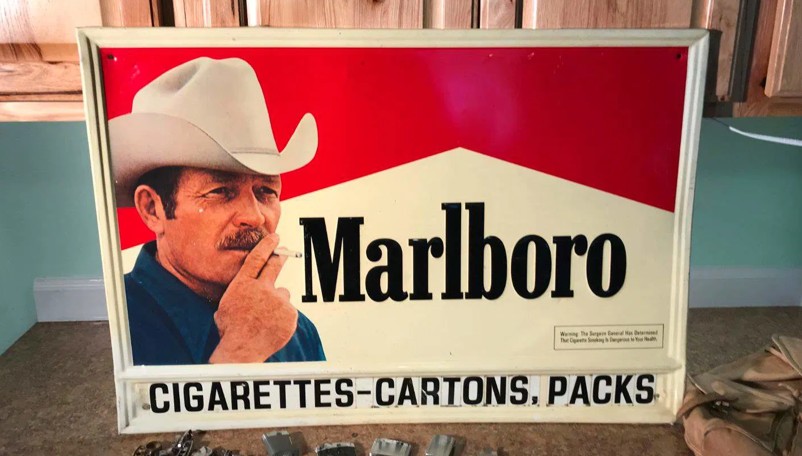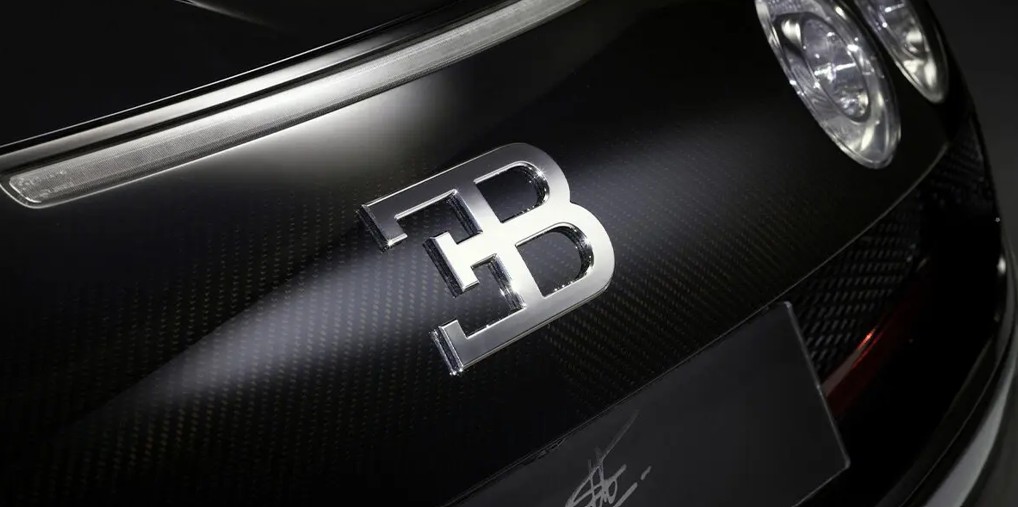
Mention the name “Marlboro,” and an instant image springs to mind for most people: a bold red and white pack, perhaps the silhouette of a rugged cowboy, or the unmistakable scent of tobacco smoke. It’s a brand synonymous with American masculinity, freedom, and a certain undeniable cool.
But the story of Marlboro is far more complex and surprising than many realize. It’s a tale of audacious marketing, a radical brand transformation, profound cultural impact, and a legacy inextricably linked to public health.
Let’s light up a journey through the fascinating history of Marlboro.
The Unexpected Beginning: A Cigarette for Women (1924-1950s)
Believe it or not, when Philip Morris first introduced Marlboro in 1924, it wasn’t targeting rough-and-tumble cowboys. Quite the opposite! Marlboro was marketed as one of America’s first “luxury” filtered cigarettes, specifically designed for women.
Its early slogans included “Mild as May” and “America’s luxury cigarette.” The filter, a “Beauty Tip” or “Red Tip,” was designed to hide lipstick stains, a perceived concern for female smokers of the era. Ads featured elegant, sophisticated women enjoying their refined Marlboros.
However, this genteel beginning didn’t quite capture the market’s imagination. Marlboro remained a niche player, overshadowed by established, unfiltered brands that dominated the male smoking demographic.
The Seismic Shift: Enter the Marlboro Man (1950s)
The mid-1950s brought a turning point for the tobacco industry. Scientific reports began to link smoking with lung cancer, leading to widespread public health concerns. In response, many smokers sought “safer” alternatives, and filter cigarettes saw a surge in demand.
The problem? Filter cigarettes, thanks to their earlier marketing, were still largely perceived as feminine. This presented a massive challenge for tobacco companies. How could they make filtered cigarettes appealing to men?
Enter the legendary advertising agency Leo Burnett. Philip Morris tasked Burnett with transforming Marlboro’s image. His team’s insight was brilliant in its simplicity: to counter the effeminate perception, they needed an icon of unquestionable masculinity.
Burnett explored various archetypes: construction workers, sea captains, weightlifters. But one image stood out: the rugged cowboy. Free, independent, in harmony with nature, and undeniably masculine.
Thus, the “Marlboro Man” was born.
The Icon is Forged: From Cowboy to Global Phenomenon (1960s-1980s)
The “Marlboro Man” campaign, launched in 1954, was an overnight sensation. The square, white, and red pack – designed to look like a brand from a saddle – became instantly recognizable. Sales skyrocketed. Within a few years, Marlboro leaped from an obscure women’s cigarette to one of the best-selling brands in the world.
The campaign did more than just sell cigarettes; it sold a lifestyle. It tapped into the deep-seated American myths of individualism, freedom, and the frontier spirit. The Marlboro Man wasn’t just smoking; he was embodying a dream.
As Marlboro cemented its iconic status, its advertising expanded globally. It became heavily involved in sports sponsorships, most famously with Formula 1 racing, plastering its logo across race cars and team uniforms, further cementing its image of speed, power, and high performance.
The Shadow of Success: Health, Controversy, and Decline
But with this colossal success came an inescapable shadow. As scientific evidence mounted, the devastating health effects of smoking became undeniable. The Surgeon General’s report in 1964 marked a turning point, making the link between smoking and cancer official.
Over the decades, advertising restrictions tightened. TV and radio ads were banned in the U.S. in 1971. Lawsuits mounted against tobacco companies. And in a tragic irony, several of the real-life men who portrayed the Marlboro Man in advertisements died from smoking-related illnesses, adding a poignant and grim footnote to the brand’s history.
By the late 20th and early 21st centuries, smoking rates began to decline significantly in Western countries, driven by public health campaigns, increased awareness, and stricter regulations. Marlboro, while still a global powerhouse, found itself navigating a world increasingly hostile to its core product.
Marlboro Today: A Complex Legacy
Today, Marlboro remains one of the world’s best-selling cigarette brands, particularly strong in developing markets. Philip Morris International, the company behind Marlboro outside the U.S., has even begun investing heavily in “smoke-free” alternatives like e-cigarettes and heated tobacco products, aiming for a future where traditional cigarettes no longer exist.
The history of Marlboro is a masterclass in branding and marketing, demonstrating the sheer power of imagery and storytelling to redefine a product and capture the cultural zeitgeist. It transformed a “lady’s cigarette” into a symbol of rugged masculinity, etching itself into the global consciousness.
Yet, it’s also a stark reminder of the profound and often tragic consequences of that marketing power. Marlboro’s journey from a niche product for women to a global icon and then to a symbol of public health debate is a complex, compelling, and utterly unforgettable chapter in the annals of modern commerce and culture.






